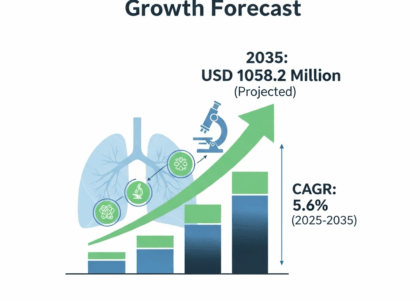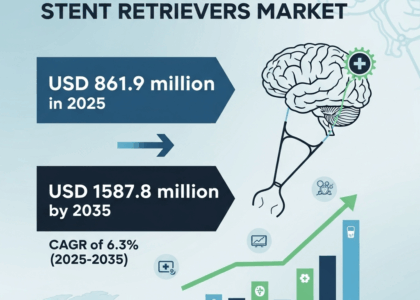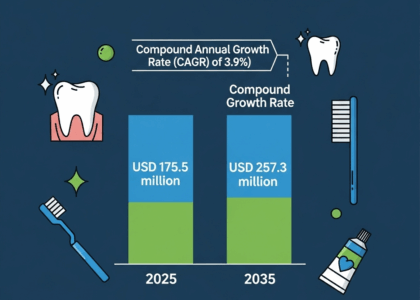The global Conjunctivitis Market is estimated to be valued at USD 2,043.7 million in 2025 and is projected to reach USD 3,660.0 million by 2035, registering a compound annual growth rate of 6.0% over the forecast period.
It starts with a mild itch. A watery eye. Maybe you chalk it up to pollen or dust. But make no mistake—allergic conjunctivitis has quietly exploded into a global health crisis, and most of us aren’t paying attention.
In the U.S., over 100 million people are affected. That’s nearly one in three. And globally, the numbers are even more staggering. What used to be seasonal discomfort has become a year-round burden—on individuals, families, and healthcare systems.
Get Sample Report: – https://www.futuremarketinsights.com/reports/sample/rep-gb-1318
💥 We’re Not Just Scratching Our Eyes—We’re Ignoring the Problem
We’ve normalized itchy, red, irritated eyes. We shrug it off, grab an over-the-counter drop, and move on. But according to Future Market Insights, the allergic conjunctivitis treatment market is on fire—expected to jump from $3.2 billion in 2024 to over $4.2 billion by 2034. That’s a 5.4% CAGR. In plain terms: people are suffering, and the pharmaceutical industry is cashing in.
Acute allergic conjunctivitis is leading the charge, making up over 60% of global revenue. And antihistamine drops? They’re the money-maker—dominating nearly 45% of the market. Why? Because they’re fast, cheap, and easy to sell.
🧴 The Rise of OTC: Relief at Arm’s Reach, but at What Cost?
More than 40% of treatment revenue now comes from over-the-counter products, according to FMI. That tells you everything: we’ve turned a chronic condition into a consumer product. The aisle at your local pharmacy is packed with bottles promising relief in seconds. But few offer lasting protection or address the root causes.
This is fast food medicine. And we’re gorging on it.
💰 Big Growth, Bigger Blind Spot
North America is the epicenter of this surge, accounting for nearly 28.4% of global revenue in 2024 alone. But that figure masks a deeper issue. The rise in allergic conjunctivitis isn’t just a business opportunity—it’s a sign that something is seriously broken in how we manage environmental and public health.
Meanwhile, drug developers are racing to package relief in more elegant bottles. Steroid eye drops, combo therapies, new formulations—they’re all on the menu. Innovation is good. But let’s not confuse profit with progress.
⚠️ We’re Not Just Treating Eyes—We’re Losing Sight of the Bigger Picture
We don’t need more antihistamine ads. We need schools to recognize allergic conjunctivitis as more than an excuse note. We need city planners to consider allergens and air quality in urban design. We need national healthcare systems to stop treating this as cosmetic.
Because for millions, this isn’t just about watery eyes—it’s about missed work, missed school, and a reduced quality of life. And frankly, we should be outraged that relief depends more on what’s in your wallet than what’s in the science.
Explore In-Depth Analysis-Click Here to Access the Report:- https://www.futuremarketinsights.com/reports/allergic-conjunctivitis-treatment-market
Key segmentation
By Drug Type:
- Antihistamines
- Non-Steroidal Anti-Inflammatory Drugs (NSAIDs)
- Mast Cell Stabilizers
- Corticosteroids
By Type:
- Acute Allergic Conjunctivitis
- Chronic Allergic Conjunctivitis
By Distribution Channel:
- Hospitals
- Ophthalmology Clinics
- Drug Stores
- Retail Pharmacy Chains
- Mail Order Pharmacies
By Region:
- North America
- Latin America
- Western Europe
- Eastern Europe
- East Asia
- South Asia Pacific
- Middle East and Africa






